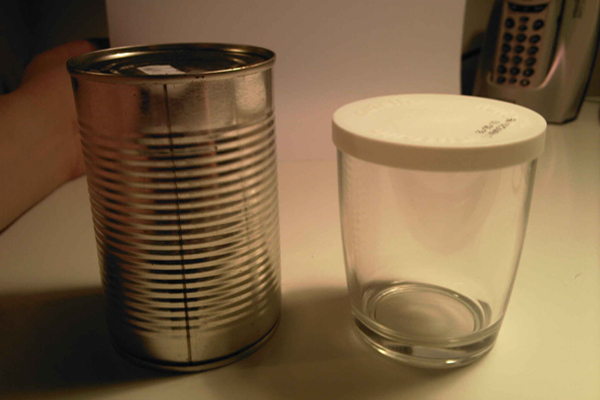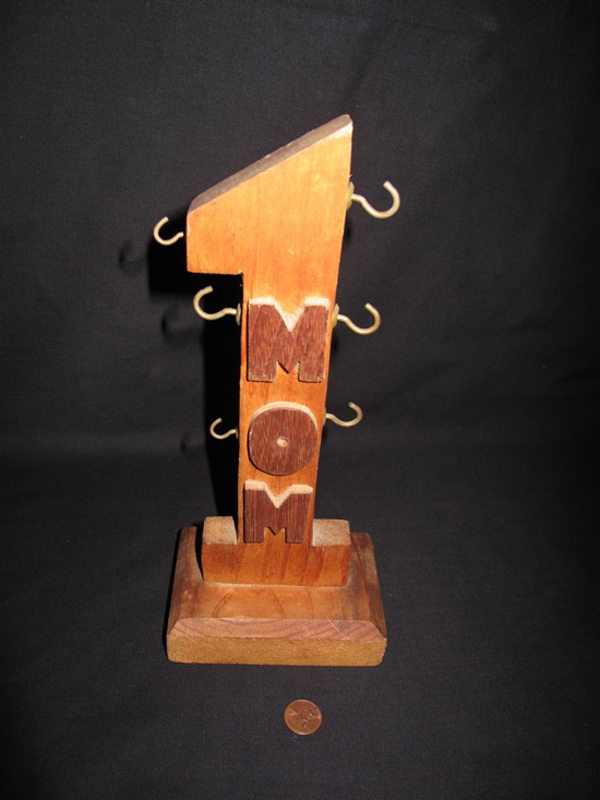The creme of the Goldsmiths Design graduates went to the Business Design Centre in Islington for the annual outing of New Designers, which is the show of the best graduates from all over the country (ahem, more on this later). This post is firmly focused on we what we were doing there. As the blurb says:
'The Goldsmiths Meta-Design Experience will be a five day production line, where we will mix our individual interests with the public’s input to create starting points around which we will build new projects in the space. It will showcase ongoing experimental design processes as opposed to static finalised objects.
Rather than displaying our work as polished, saleable outcomes we have decided to use the exhibition to demonstrate our design thinking and ability to generate ideas. We want to celebrate our design process and show the messiness, the bad ideas, the problems we face throughout, and so on.
Over these five days we aim to democratise our current work; offering it up for conversation, critique and re-contextualisation. Putting it under scrutiny, allowing groups of people to unpick processes, and concepts and developing new ideas to take it further.' Liam Healy /Tom Taylor
For me it was basically about showing designing not final pieces of design. I think we had the most vibrant and interesting space, compared to the other static showroom like atmosphere of other unis. I think it was exactly what we wanted in terms of a business card vs. something interesting type of show. I think we had to do that sort of thing as our work is not New Designersy, so maybe I am going to compare us to the others after all- it's hard not to when you and your work and what you want to do and even your own definition of what design is stand out so much from everyone else there. I am not knocking (well not too hard anyway) other people there: there was some crap- of course, but alot of it very pretty, some very functional objects. It just seemed that there was little thought or drive behind why people had done the things they were showing and that they were on a design course so they were obviously going to make a chair or table (or hat/coat stand- so many bloody hat stands!).
The level of technical and practical skill involved in the objects was brilliant- alot of skilled craftsmen and women- no doubt. But design? As I view it and like to think of it not that much. It's hard to say that's not design without defining what I think it is and I'm not going to do that here because I'm not sure I know yet, but you know when something is or isn't you know. I think a good deal of it is to do with concepts and theories and the questions asked of a brief which just doesn't seem as deep or interesting in alot of the work there (which I feel Goldsmiths' work does). If New Designers is 'The Future of Design' and the judges award prizes based on things that look most like a chair or whatever then maybe what I (and I hope we) need to do is create a new term for what we do- instead of challenging the perceived notion of what everyone including the industry thinks of design as we make something new- the closest I've come so far is Goldsmiths Design but that's a fucking shitty thing to call it. I guess it comes back to Lou and Liam's chat about the General Creative Outputter, Link. But I can't help feeling that there should be a term which describes things with a certain level and direction of thought- (hence Goldsmiths) perhaps a term which suggests a guild or something.
It'd be good to get some kind of short convo going- at least other guys's opinions on New Designers and more so 'Our' place within that design world- and what can be done so that what we and other similarly cool thinking guys isn't so esoteric and can be understood better? Also how do guys feel about me putting the project up on my site as a group project so that it doesn't get lost?
Anyway pictures of the awesome time we had below:





 I found this ace bench somewhere- it's this guy
I found this ace bench somewhere- it's this guy 








